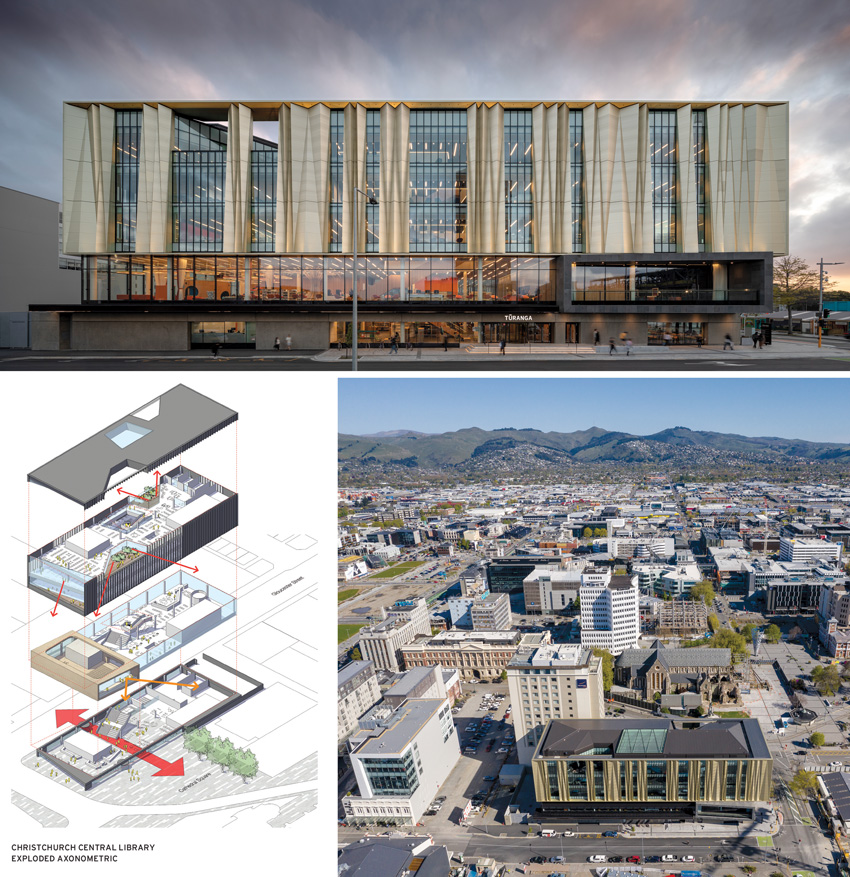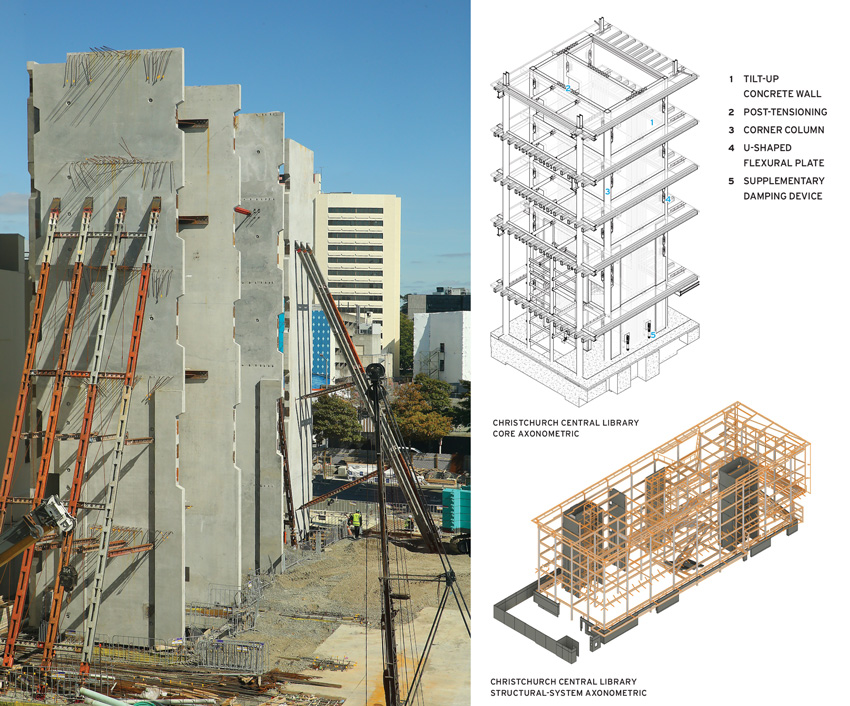Seismic Design
 1 AIA LU/HSW; 0.1 IACET CEU*; 1 AIBD P-CE; AAA 1 Structured Learning Hour; This course can be self-reported to the AANB, as per their CE Guidelines; AAPEI 1 Structured Learning Hour; This course can be self-reported to the AIBC, as per their CE Guidelines.; MAA 1 Structured Learning Hour; This course can be self-reported to the NLAA.; This course can be self-reported to the NSAA; NWTAA 1 Structured Learning Hour; OAA 1 Learning Hour; SAA 1 Hour of Core Learning
1 AIA LU/HSW; 0.1 IACET CEU*; 1 AIBD P-CE; AAA 1 Structured Learning Hour; This course can be self-reported to the AANB, as per their CE Guidelines; AAPEI 1 Structured Learning Hour; This course can be self-reported to the AIBC, as per their CE Guidelines.; MAA 1 Structured Learning Hour; This course can be self-reported to the NLAA.; This course can be self-reported to the NSAA; NWTAA 1 Structured Learning Hour; OAA 1 Learning Hour; SAA 1 Hour of Core Learning
Learning Objectives:
- Distinguish the performance objectives of code-compliant seismic design from those of resilient seismic design.
- Describe tools and standards that project teams can use to understand the trade-offs and risks implicit in seismic-design decisions.
- Explain how nonstructural components can contribute to or detract from seismic resilience.
- Describe the seismic-design strategies and systems deployed in the three projects profiled.
This course is part of the Resiliency Academy
View course on architecturalrecord.com
Resilience is the ability to bounce back after a disturbance or interruption, or the capacity to withstand, recover from, or adapt to stress, misfortune, or change. By now, design teams are at least accustomed to considering this concept and a building’s response to such hazards as flooding, intense wind, and drought. You might assume that for one threat in particular—earthquakes—modern codes assure resilience, essentially guaranteeing that recently built structures can be quickly reoccupied, or at least readily repaired. It sounds totally reasonable—right? But that is not the case. Codes were devised to protect lives, not property, so they do little to limit the kind of destruction that might make a building uninhabitable for an extended period of time or even necessitate demolition. In fact, recent studies often quoted in engineering circles estimate that code-compliant buildings could suffer two years of downtime after a significant quake. “By design, codes focus only on safety, and therefore tolerate lots of damage,” says David Mar, partner at Berkeley, California-based Mar Structural Design.
 IMAGES: © ADAM MØRK (TOP, AND BOTTOM, RIGHT); COURTESY SCHMIDT HAMMER LASSEN (BOTTOM, LEFT)
IMAGES: © ADAM MØRK (TOP, AND BOTTOM, RIGHT); COURTESY SCHMIDT HAMMER LASSEN (BOTTOM, LEFT)The new central library (top) in Christchurch, New Zealand, is one of several anchor projects in the redevelopment of the city’s downtown (bottom right) following a string of earthquakes in 2010 and 2011. Much of its five-story rectangular volume is surrounded by a perforated golden veil, omitted in places to reveal terraces and allow views to the surrounding landscape.
But while engineers are still prioritizing human safety, they are also working to raise the bar, thanks to better simulation tools and the maturation, over the past two or three decades, of performance-based design, an alternative to the prescriptive, code-based approach. “As a general notion, performance-based design can allow project teams to choose a performance level for any event or hazard, with resilience as the most ambitious goal,” says Jon Heintz, the executive director of the Applied Technology Council (ATC), a nonprofit that promotes engineering research.
This focus on enhanced performance is a global trend. Seismic resilience might not be necessary for all buildings, but it is certainly relevant for those that represent a significant investment, house critical business activities, provide essential services, or are important community or cultural assets. One such recent project is Turanga, the new central library in Christchurch, New Zealand, which opened last year and included stringent structural and seismic criteria as part of its bidding requirements. Its performance goals are not surprising: the $63 million, 106,000-square-foot library, designed by the New Zealand-based firm Architectus with Danish architects Schmidt Hammer Lassen, is considered one of several anchor projects vital to the redevelopment of Christchurch after a series of major temblors hit the region in 2010 and 2011. Ultimately, 70 percent of the city’s downtown was demolished due to extensive damage, though very few buildings had actually collapsed.
Local engineering firm Lewis Bradford Consulting Engineers developed what they term a “low-damage” seismic solution for Turanga. In addition to safeguarding the occupants, the strategy is intended to protect the structure, the fabric of the building, and its contents. A folded, perforated metal veil surrounds much of the library’s five-story rectangular volume, but is selectively omitted in some sections to reveal terraces and allow views to the surrounding landscape. Underneath this skin, at the building’s perimeter, is a largely conventional steel moment-resisting frame providing approximately 30 percent of the structure’s earthquake-load resistance. Most of the seismic work, however, will be done by three “rocking wall” cores that allow the building to sway and then return to its original position.
These vertical cores consist of 82-foot-tall post-tensioned, site-cast concrete walls with high force-to-volume extrusion dampers linking the walls’ bases to the foundation and U-shaped flexural plates (UFP) that connect the core walls to corner columns. The UFP energy-dissipation devices are considered sacrificial, since they could be damaged in a very large quake—one with a 1,000-year return period. However, all of the damage should be confined to these elements, which have bolted connections, enabling their replacement, explains Tim Shannon, Lewis Bradford’s technical director.

IMAGES: COURTESY LEWIS BRADFORD CONSULTING ENGINEERS
The Christchurch library’s structural system comprises a largely conventional steel moment frame and three “rocking wall” cores (right). The cores (top, right), which recenter the building after a quake, include 82-foot-tall post-tensioned, site-cast concrete walls (left).










